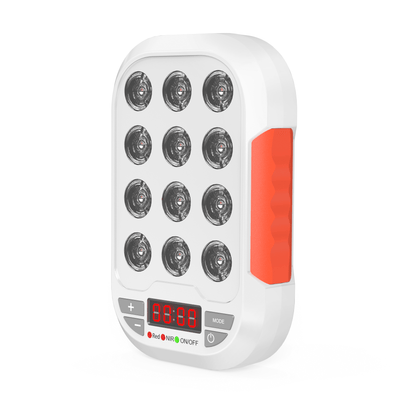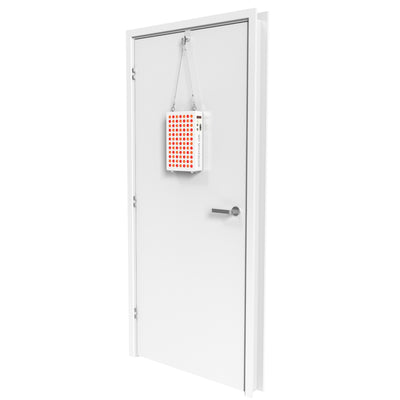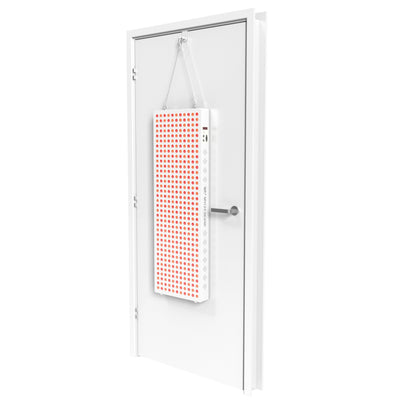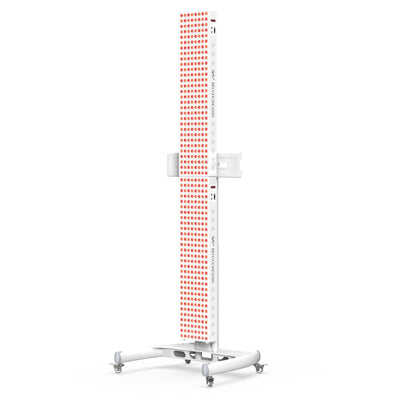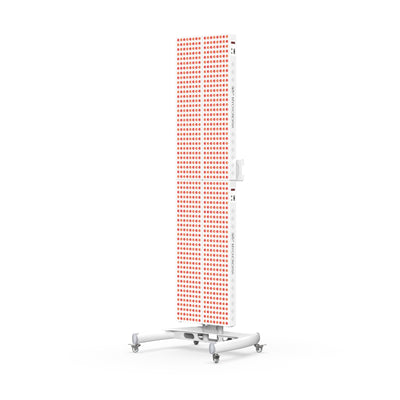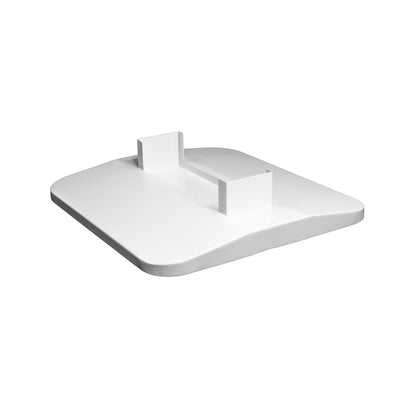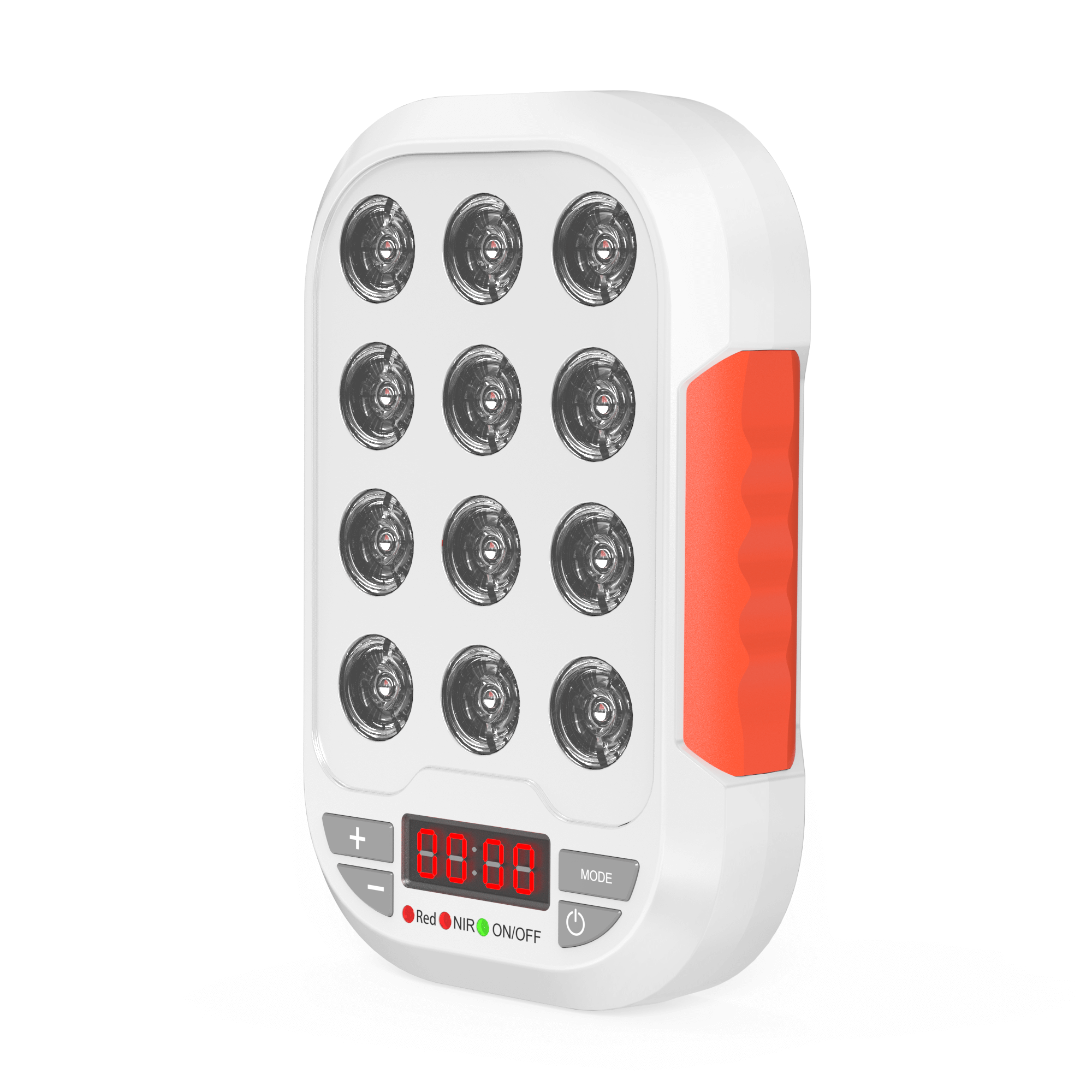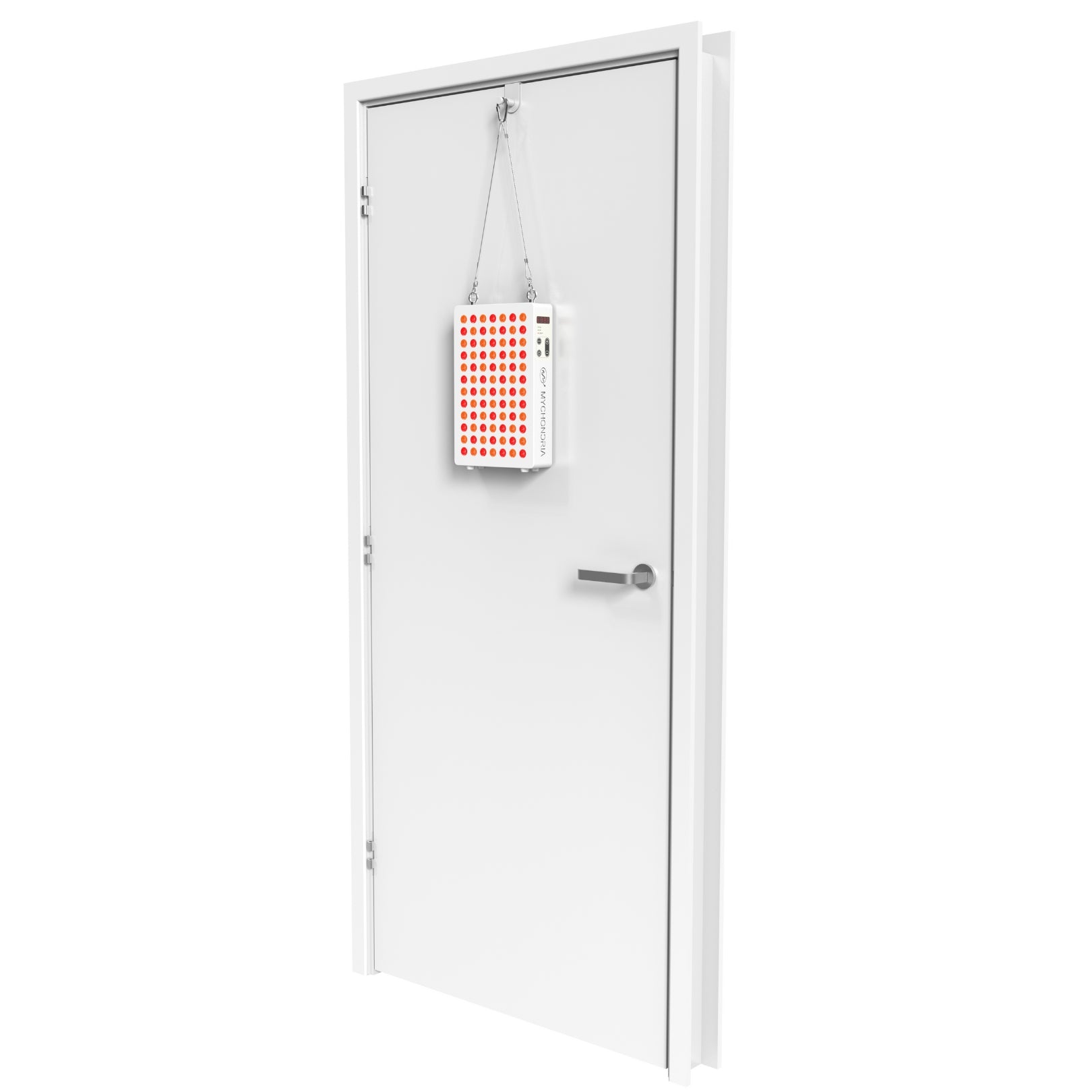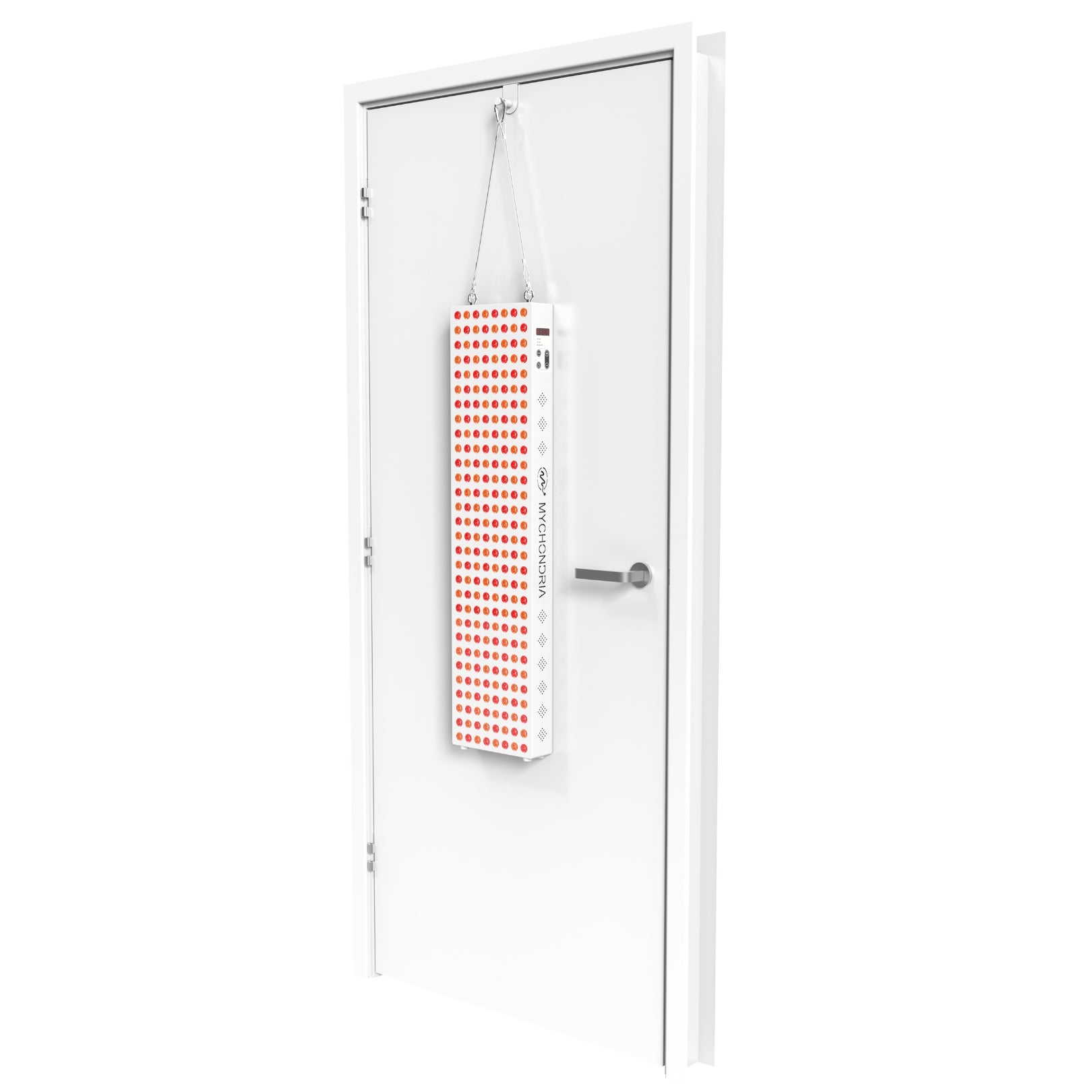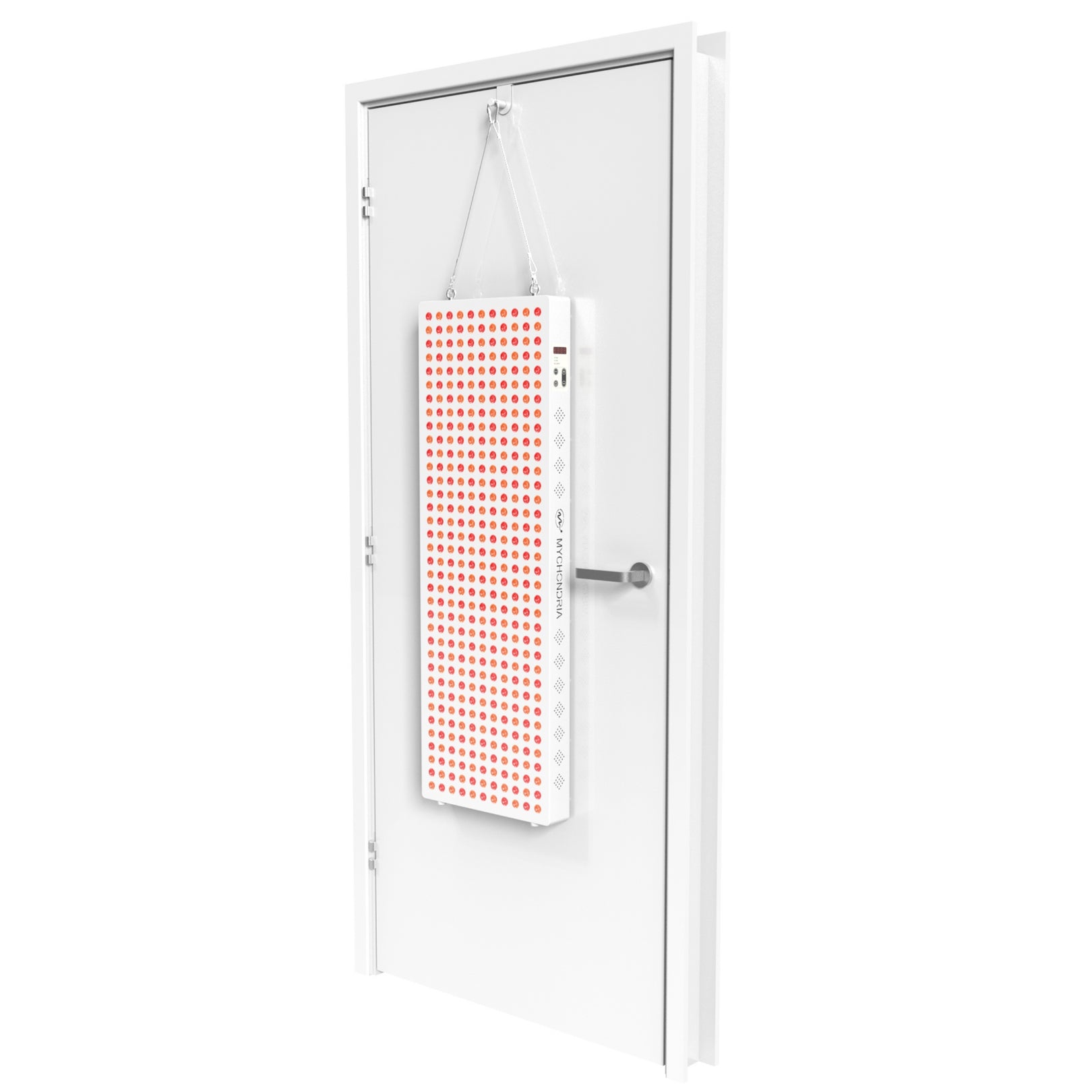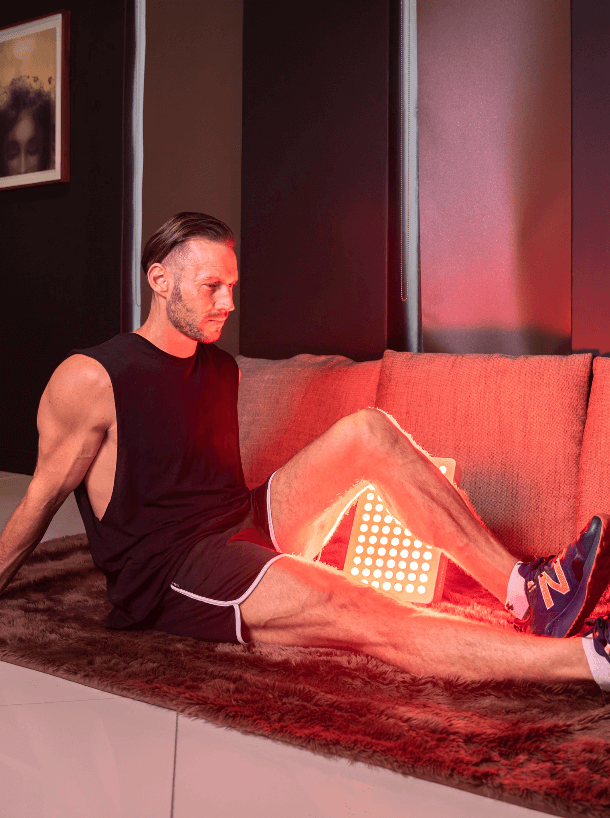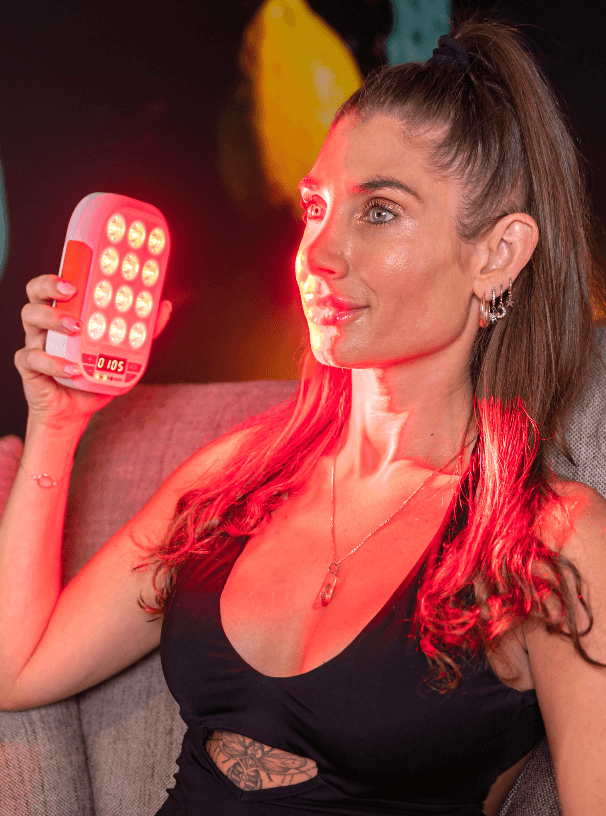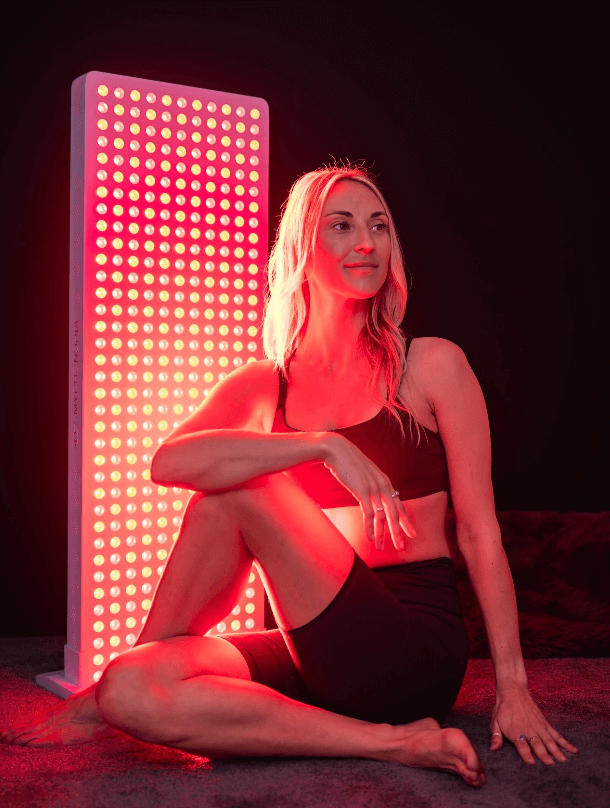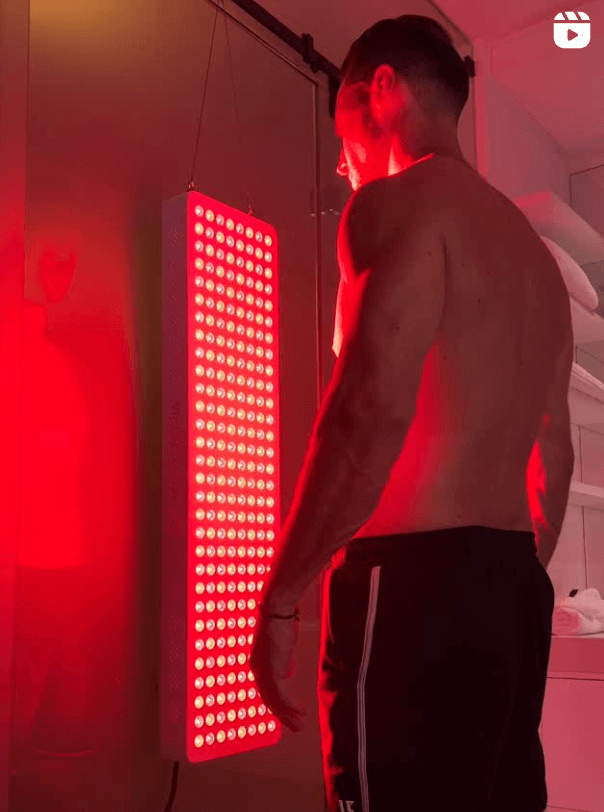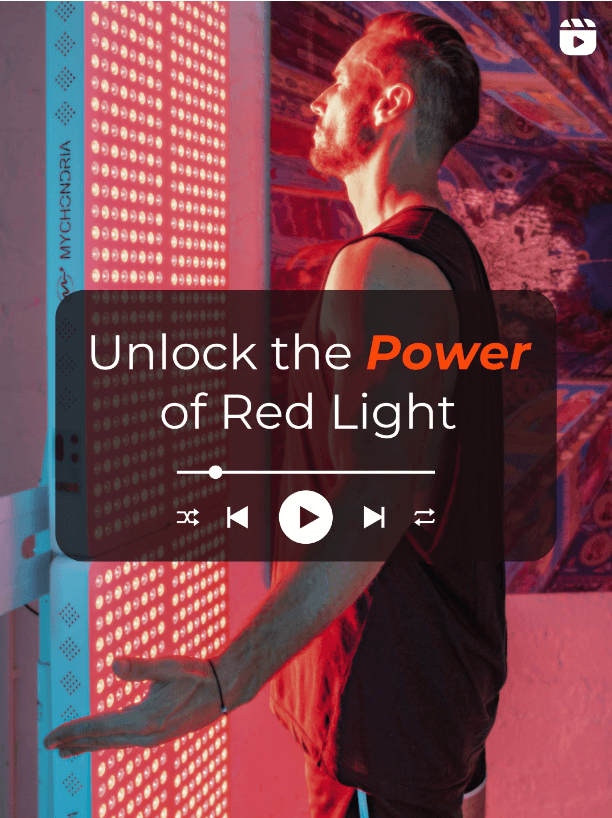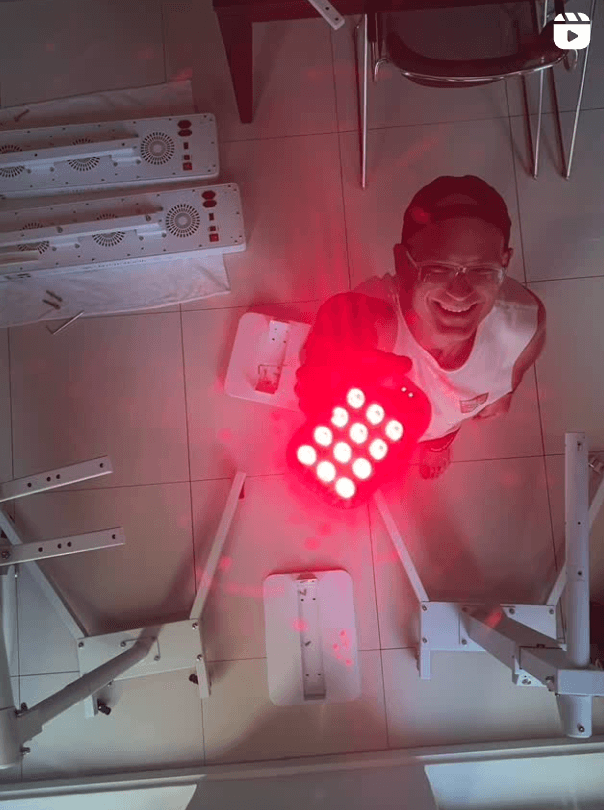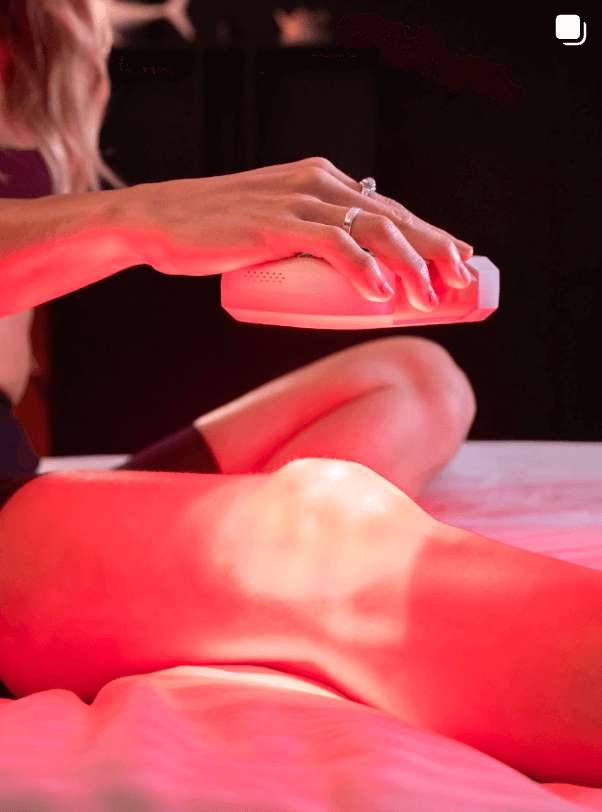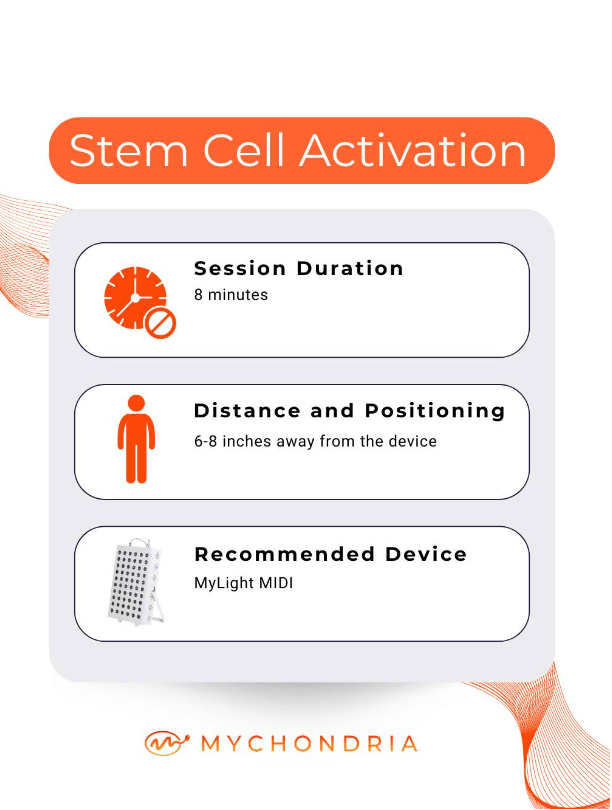
This might seem like a strange one. But we wanted to determine if it was a safe idea to expose the most important organs in a male’s body to red light treatment. The testes have two main functions, producing sperm and secreting testosterone and other hormones. What would the benefits of this treatment be? Are there any negative side effects? Great balls of fire, let’s get right to it!
Let’s take it back a step:
What are the different wavelengths of light used for and how can they benefit me? Red light therapy uses wavelengths of light in the red and near infrared regions. Near infrared and red light wavelengths of light are absorbed by the mitochondria in our bodies. More energy from mitochondria means more energy for the body to perform more effectively and efficiently.
Mid and far infrared light are absorbed by the water in the cells of our body. These do have a detoxing effect – similar to what you would experience at a sauna. You can only imagjne what this type of heat energy would do when exposed to your testes, a particularly sensitive area. The testes are outside of the body for a particular reason – and that is for more effective temperature regulation.
What are the benefits?
A study out of the University of Vienna found incredible results in humans. The group was divided into two groups – where one group were exposed to an active red light device, and the other group were exposed to a placebo device. The men exposed to bright light for just 30 minutes a day reported higher levels of sexual satisfaction and significantly higher levels of testosterone (an average increase from 2.1 ng/ml to 3.6 ng/ml after just two weeks). This is an incredibly positive result, in a very short space of time. There were no reported negative side effects from the participants in this study.
Okay, but are there ANY negatives?
A study performed on rats looked at the effect of both red and near infrared light therapy on the testosterone levels in the rats. Both red and near infrared exposure showed a significant increase in testosterone levels in the rats, however, near infrared light exposure showed some level of histological changes to the leydig cells in the testes. This had no pathological outcome in this study, but did raise some concern. However, a direct correlation cannot be made between humans and rats, and this type of treatment has had no outcome like this before in human studies.
Another point to make on this study – is that the dosage used in this study was 360 J/cm2/day for 5 days. This is INCREDIBLY high dosage, and for that same dose to be applied by our devices; you would have to sit directly infront of your device for a full 60 minutes – which has never been recommended. The scientists in this study made a note that at lower dosages (those that are currently used in our devices), resulted in no negative side effects on the cells of the testes.
Just to highlight – no negative side effect was ever noted with red light wavelengths – only with incredibly high dosages of near infrared light wavelengths.
Our recommendation:
By using only red light wavelengths, and only for short treatment time – around 2-3 minutes per time, no negative side effects should be reported. This dosage works out to about 15 J/cm2, which is an incredibly safe dosage for this area.
In closing..
By showing you the worst-case scenario of this treatment type, and explaining how and why these findings came about and can be broken down – we hope to show you that this type of treatment is safe, have been consistently investigated and produces exceptional results. We leave the decision up to you – do you want to boost testosterone levels and sexual satisfaction? We think it’s a no-brainer.
Check out our YouTube video here, for more information on this: https://www.youtube.com/watch?v=nZ81_63ILHY
For more information, check out our incredible blogs here.
Or, if we’ve convinced you enough to take the leap – its one click away.
Written By: Caroline Bursey
